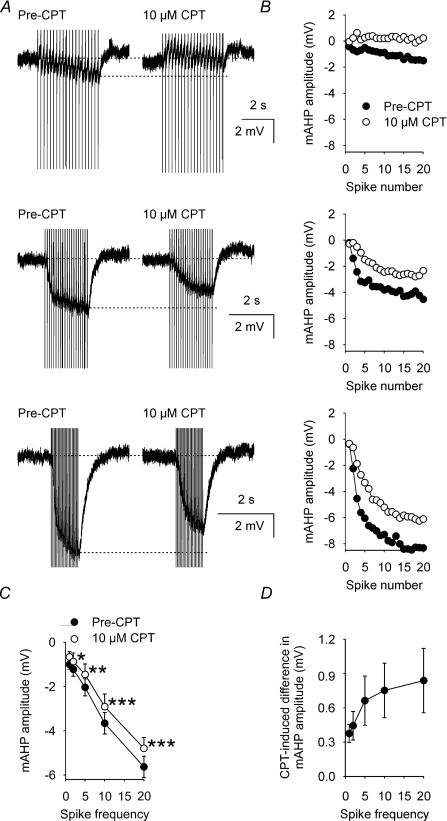Figure 4. A1 receptor antagonist inhibition of mAHP amplitude is activity dependent.
A, mAHPs (averages of 5 traces) that follow 20 spike trains (evoked by a corresponding number of 5 ms, +500 pA depolarizing pulses) at 5 Hz (top), 10 Hz (middle) and 20 Hz (bottom) in a supraoptic nucleus neurone before (Pre-CPT, left) and during (right) superfusion of 10 μm CPT, showing that CPT inhibition of the mAHP increases as the frequency of stimulation is increased. B, mAHP amplitude measured after each evoked spike in A during 5 Hz (top), 10 Hz (middle) and 20 Hz (bottom) stimulation. C, mean mAHP amplitude (n= 14) after the final evoked spike of 20 spike trains delivered at 1, 2, 5, 10 or 20 Hz before (•) and during (○) superfusion of 10 μm CPT. Two-way repeated measures ANOVA revealed significant CPT effects (P= 0.002), frequency effects (P < 0.001) and a significant interaction between the effects of CPT and frequency (P < 0.001). *P < 0.05, **P < 0.01 and ***P < 0.001, Student–Newman–Keuls tests. D, subtraction plot of the mean CPT-induced difference in mAHP amplitude, showing a progressive increase in the effect of CPT as spike frequency increases (Pearson product moment correlation coefficient = 0.90, P= 0.04).

